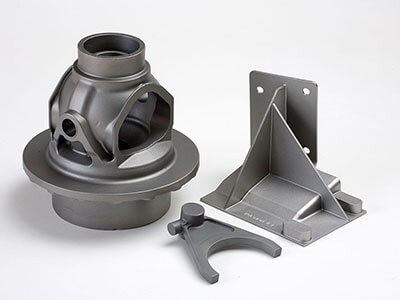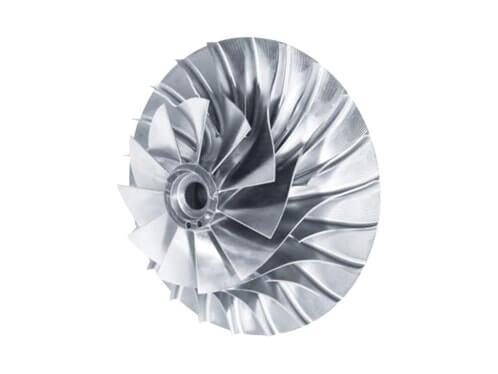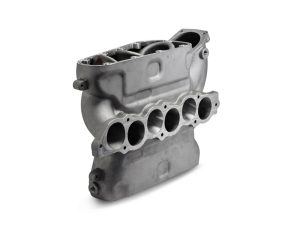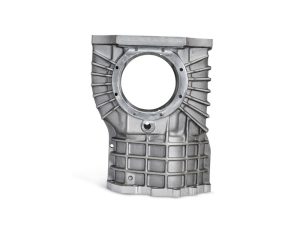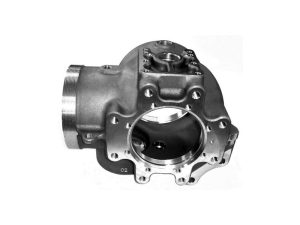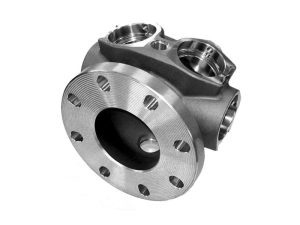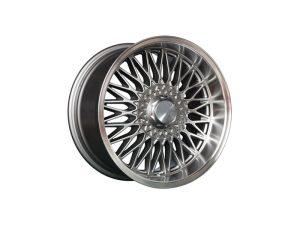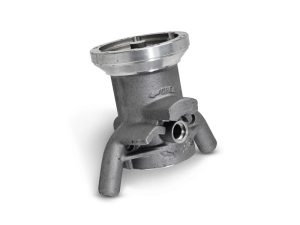Centrifugal Casting Foundry
Centrifugal casting is a process that delivers components of high material soundness. Centrifugal force pulls the liquid metal along the mold’s surface in an even layer. For this method to work, the final casting must have even geometries around the axis of spin. Objects cast in this method usually have a very low defect rate. Impurities end up close to the bore, or inner surface, of the casting, and can be machined away.
This form of casting is therefore best for those molds that are roughly cylindrical or circular, like tubes or rings and applications like jet engine compressor cases, hydro wear rings, many military products, and other high-reliability applications. Most pipes or fittings that will be used under pressure are cast centrifugally, because of the strength of their seamless structure.
Horizontal Centrifugal Casting
Horizontal centrifugal casting process is especially suited for long cylindrical parts where the casting length is significantly longer than its outside diameter. This includes straight tube sections, long cylinders with end flanges, or short parts such as rings or flanges where multiple parts can be machined effectively from a straight cylinder.
A long steel casting mold is spun at high speed while positioned horizontally. The rotational speed of the mold is high, to offset gravitational forces. Covers are fixed at each end of the mold to contain the molten metal and a pour funnel is used to deliver a specified weight of metal inside the mold.
Vertical Centrifugal Casting
Some manufacturers produce centrifugal components, including some with O.D shaping, in dies rotating about the vertical axis. These vertical castings may achieve that O.D. shaping by inserting graphite, sand, or ceramic molds into the die – resulting in significantly reduced post-processing, like machining or fabrication.
Details on the outside surface of the casting may be modified from the true circular shape by the introduction of flanges or bosses to the inner diameter of the mold. The finished part need not be symmetrical but, in some cases, the casting mold does to maintain balance while spinning.
The inside diameter and therefore the wall thickness of the casting are functions of the amount of metal poured into the rotating mold and the quantity machined away. When casting vertically, the height of the casting will typically be less than twice the width.
Some small metal castings, like jewelry, are made using a centrifuge that swings an entire mold around a central point, pulling metal from a crucible as it whirls. These castings are not true centrifugal castings, but a form of pressure casting.
